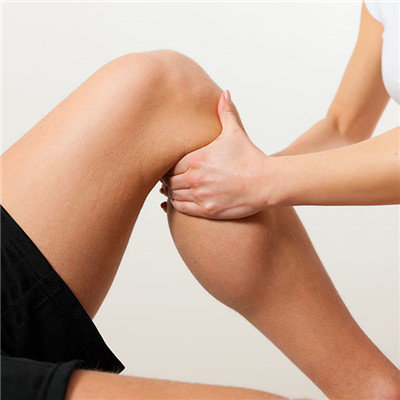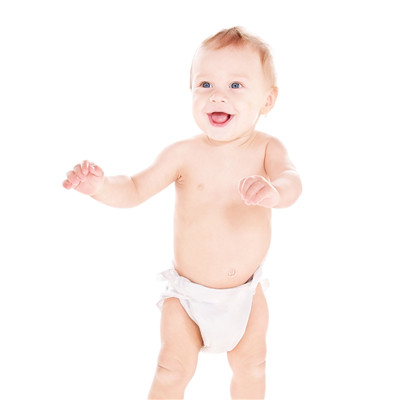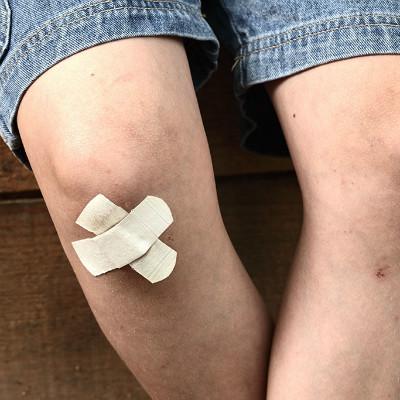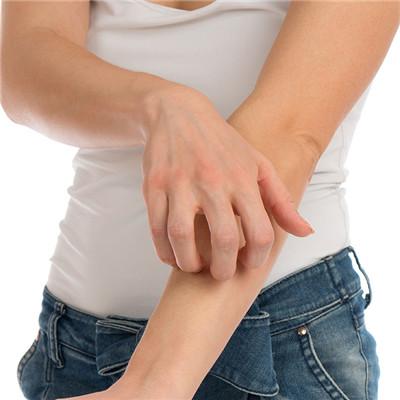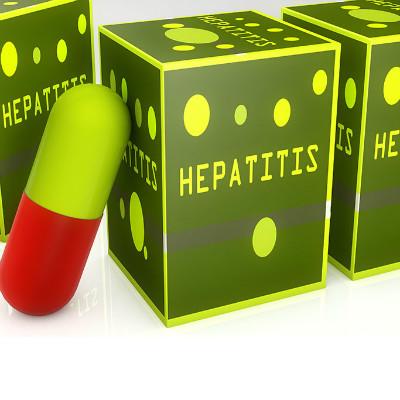How is congenital ichthyosis caused?
summary
Many ichthyosis are genetic, like many diseases, it is a genotype of skin disease, can not be completely cured, can only improve the severity of this skin disease. This kind of disease often occurs in the limbs of the body, and it will appear in childhood. In winter, the most serious stage of ichthyosis is dry skin, warping skin, which is very similar to fish scale, so it is named ichthyosis. Although ichthyosis can not be completely cured due to genetic factors, it can be alleviated by improving some details of the patient's life.
How is congenital ichthyosis caused?
Autosomal dominant ichthyosis vulgaris is common. It often begins to get sick a few months after birth, and the disease gets worse with age. The symptoms are severe in winter and mild in summer. ② Basic features: dry skin, yellow brown or dirty brown rash, rhombic or polygonal scales, edge up, central close to the skin, small or chaff. ③ The rash mainly occurs in the extensor side of the limbs, followed by the back. There may be mild scale on the head, and the severe may affect the whole body, but the armpit and buttock fold parts are often not affected. There may be keratinizing damage of hair follicles on the back of the hand. ④ Most patients feel uncomfortable because the secretion of sebaceous glands and sweat glands in the whole body skin is reduced, resulting in dry skin and less sweat.

Sex linked ichthyosis vulgaris is rare. Attribute linked recessive inheritance occurs only in men (women are carriers), and the disease occurs shortly after birth. ② The skin rash is widely distributed. The flexed side and fold parts can also be involved. The abdomen is heavier than the back. The scale of the skin rash is large and obvious. It can affect the cubital fossa, axillary fossa and axillary fossa. ③ Most of the small cloudy spots on the posterior wall of cornea or elastic lamella could be seen in both male and female.

Epidermolysis hyperkeratosis ichthyosis (congenital Ichthyoid erythroderma) is an autosomal dominant genetic disease, which used to be called bullous Ichthyoid erythroderma. This disease is born with skin thickening, such as horniness, and armor like scales covering the whole body. Desquamation after birth, leaving a rough wet surface, visible loose bullae. Scales are formed again. There are gray thick or verrucous scales in the groin, wrist, armpit and elbow of the flexed side and plica of limbs, and local verrucous lesions, so it is also called porcupine ichthyosis.

matters needing attention
Lamellar ichthyosis (congenital Ichthyoid erythroderma) is an autosomal recessive inheritance. It used to be called Ichthyoid erythroderma without bullae. It can be divided into two types. ① Most of the cases were stillbirth or postnatal death. ② The light type is the so-called lamellar ichthyosis, which occurs immediately after birth. The outer cuticle is thin, such as collodion. After the cuticle is detached, the skin is red and has desquamation.
